Living Green
The OGI caught up with Living Green owner, Neil Crossan, to find out more about their certified organic compost products.
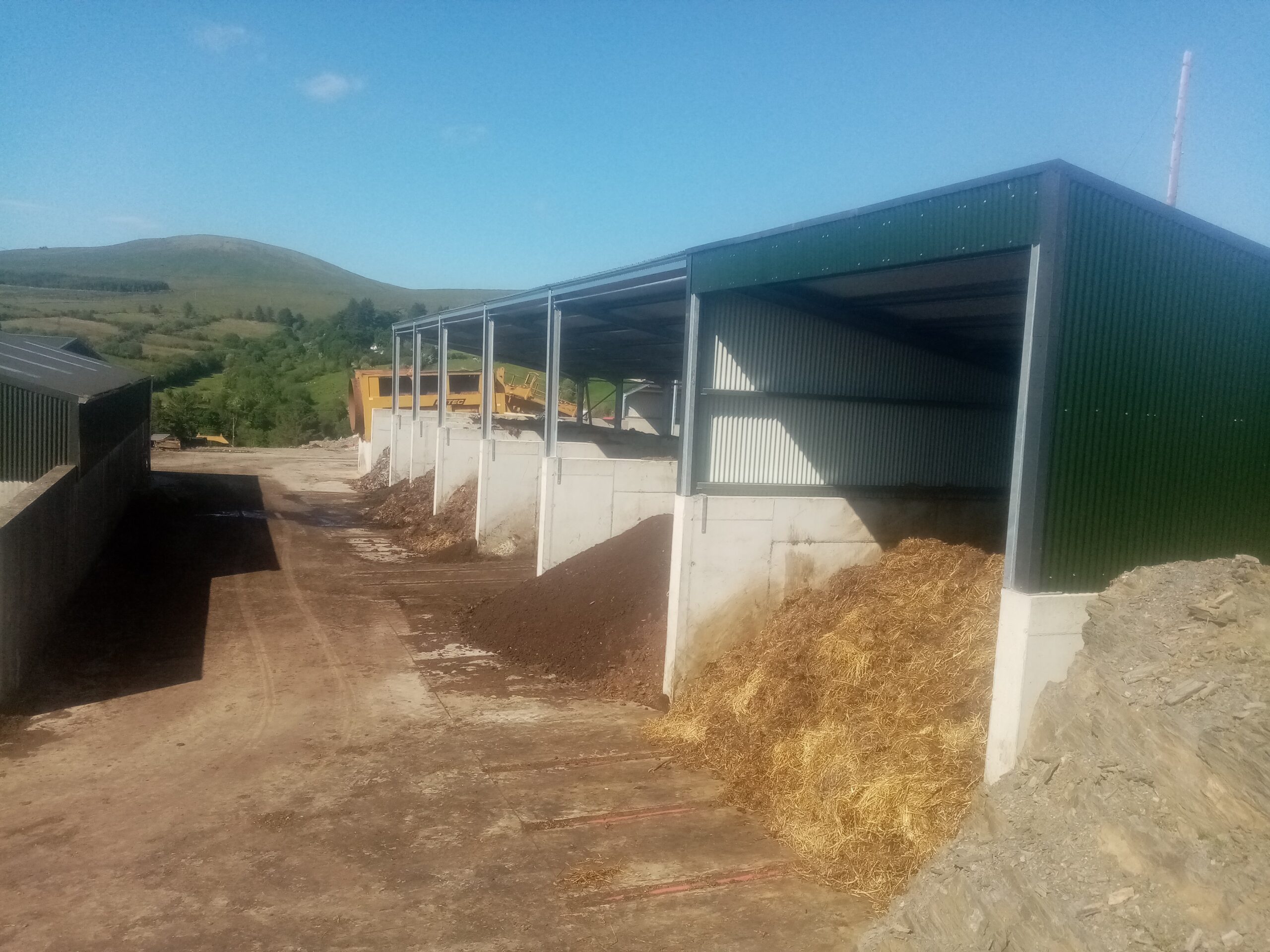
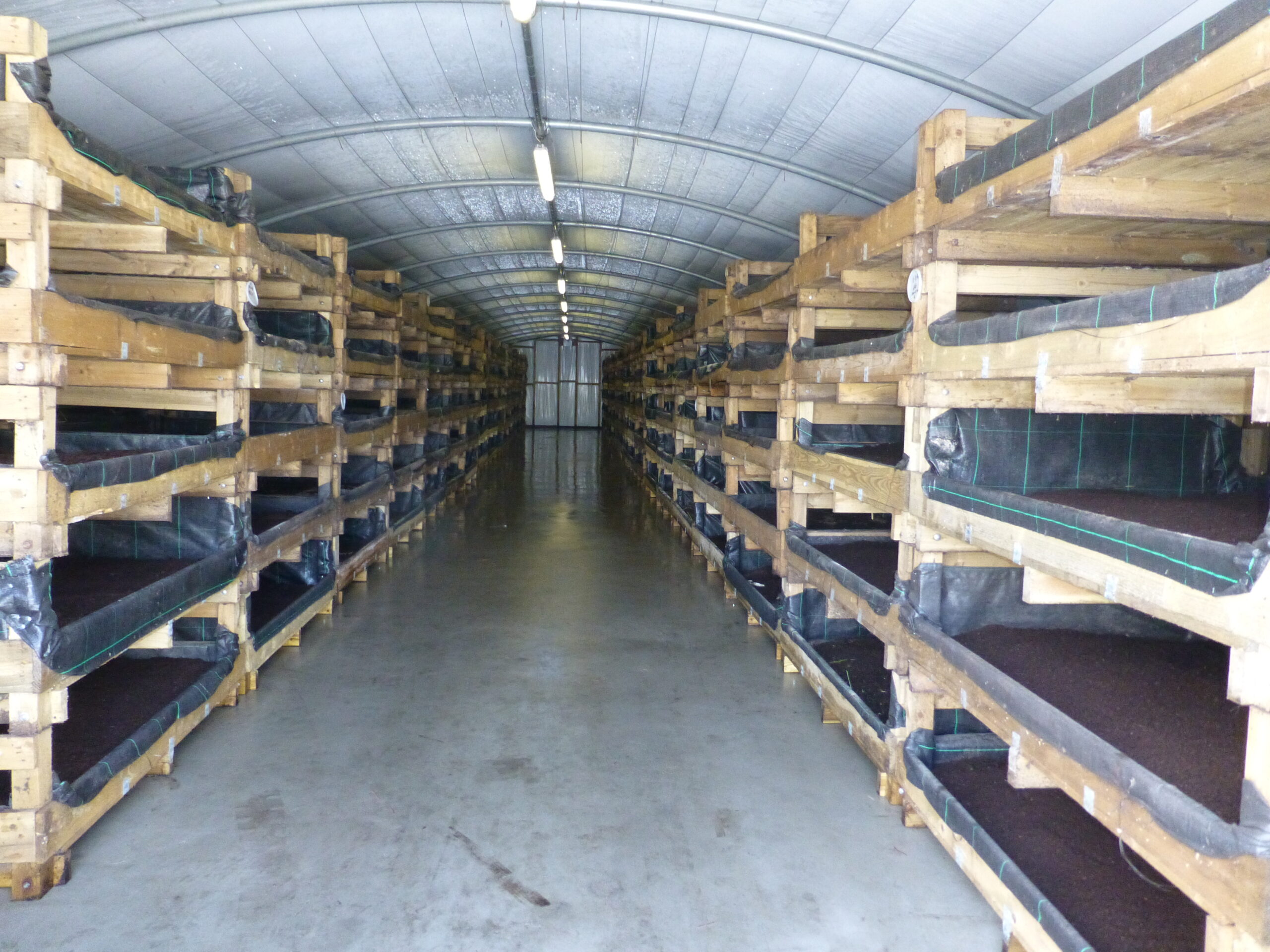
Who are Living Green?
Living Green are a small company based in Inishowen Co. Donegal with 5 employees that: breed worms commercially mainly for fishing; produce certified organic compost and grow, juice and freeze certified organic wheatgrass shots.
How did Living Green come to start making organic compost?
A by-product of worm farming is worm cast and it is produced when the worms consume their bedding materials then excrete it as worm cast. In the early years we only had a small volume of worm cast so we land spread it. In 2012 we got extensive plant growing trials done on our wormcast by the Dept. of Agriculture in N.I. and this confirmed what we expected: Our worm cast would make an excellent compost. The next step was to get it certified organic. The whole process took almost a year and the scrutiny was very thorough as one of the major sticking points was that we had to remove a synthetic B vitamin in the worm feed but we got there in the end and we became the only certified organic compost that was produced in Ireland at that time. We always knew that our wormcast was an excellent growing medium but we needed to produce enough of it to justify buying a bagging machine. In 2013 we purchased a small bagging line and we entered the organic compost business.
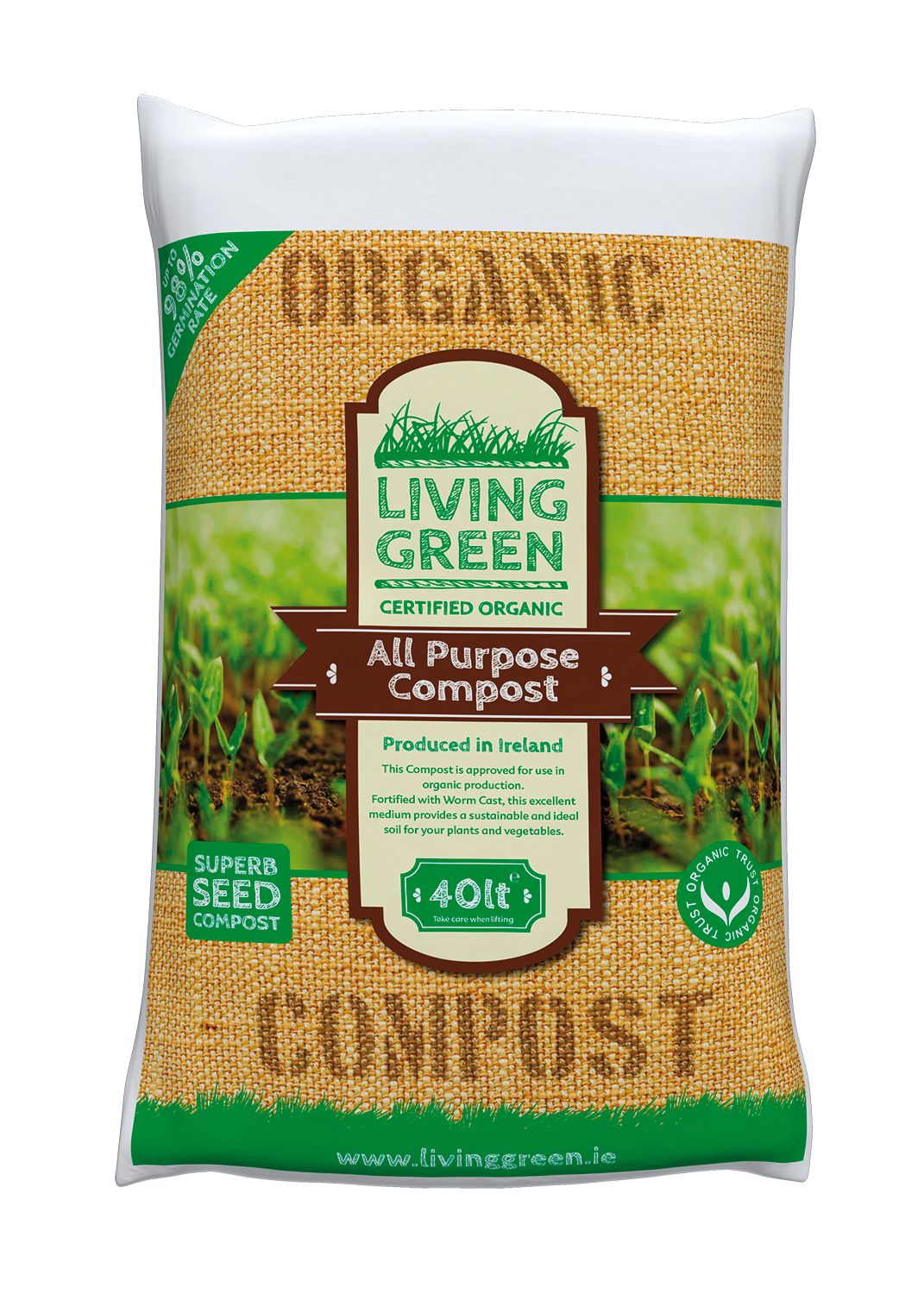
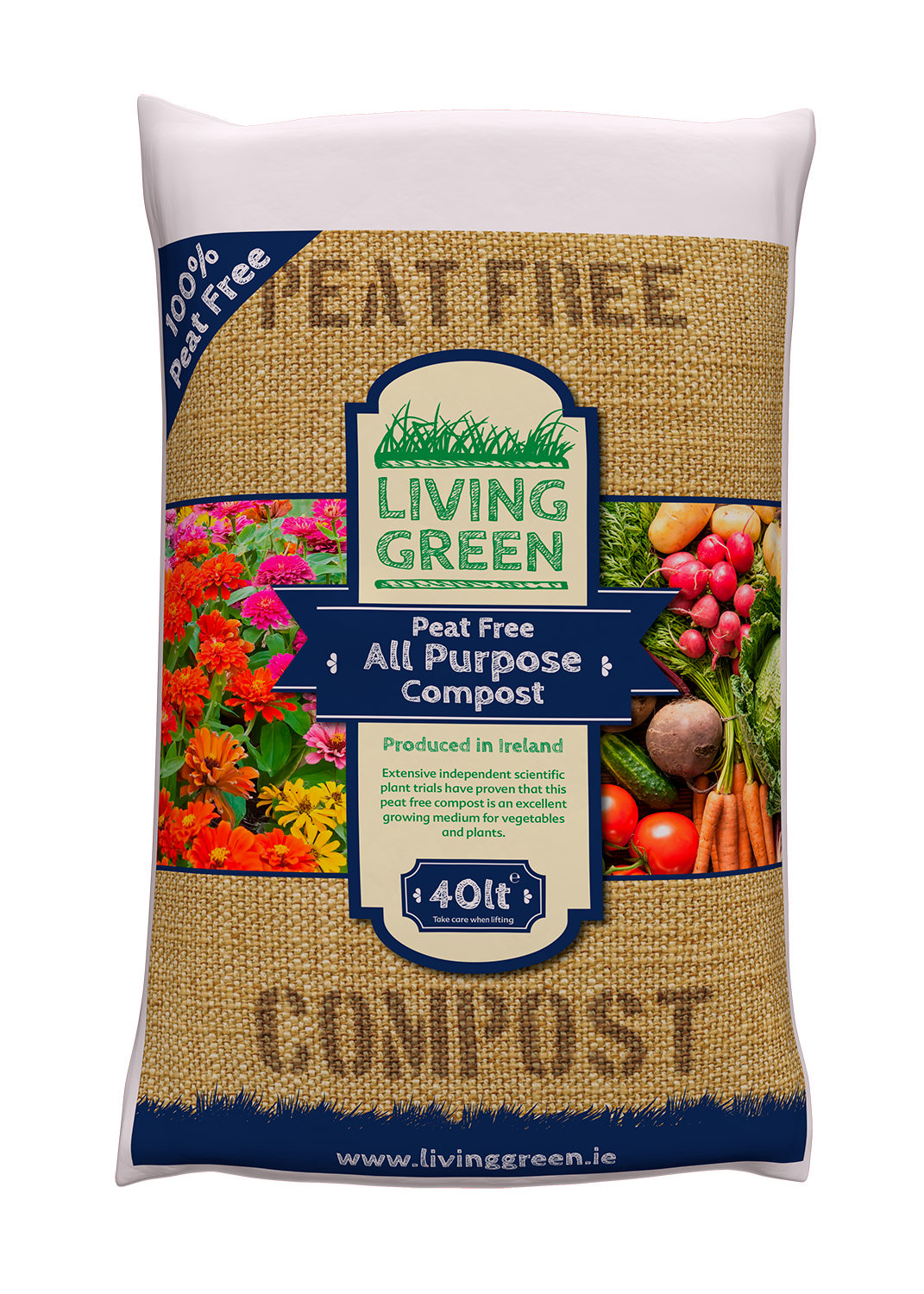
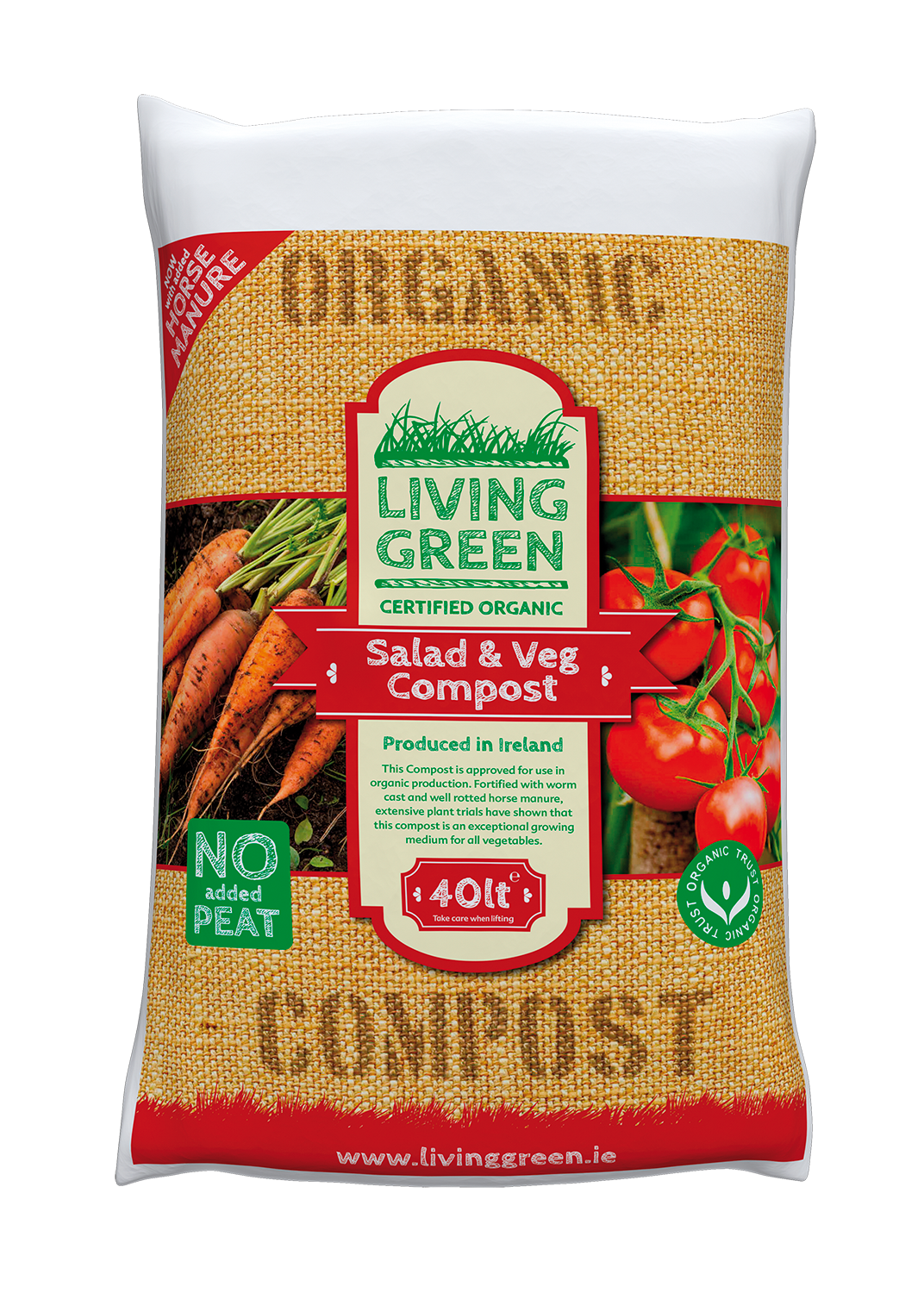
How do Living Green make their compost? What are the different organic compost products that Living Green make?
Our original compost is made from 80% worm cast and 20 % peat this was determined by the plant trials as they trialed numerous mixes. When the final analysis was done this was found to be the best overall mix. We have expanded our range in the last few years. In 2020, we launched our Salad and Veg compost which is a mix of well-rotted horse manure, recomposted spent mushroom compost and worm cast (ideal for hungrier plants) so it would be best suited as a potting-on compost. To enable this, we had to invest in a purpose-built facility which uses forced air to assist the composting process. Although it dosen`t say Peat Free on the bags, the Salad and Veg compost is Peat Free. In 2022, we launched our peat free compost which uses horse manure, mushroom compost and green waste compost. We have upgraded this product by removing the green waste and replacing it with composted willow and it will be certified in 2023.
Where do Living Green source the ingredients of the compost (in particular the peat and spent mushroom compost)?
After 20 years of breeding worms, we have found that whilst the worms can compost a wide range of materials, they can be very picky about what they like and don`t like. If they don`t like something they vote with the feet and will seek out something different or they just end up dying. Neither of these two options make for successful worm farming.
We source our peat from N. Ireland from non SSAI bogs and we have found that peat from different bogs can affect how the worms breed and grow. So, once we find something that works, we are very reluctant to change. Trying to stay within the organic guidelines is another challenge for example there is only 1 source of organic mushroom compost in Ireland and this must be transported from N. Ireland to Inishowen which adds to the cost. The willow is specially grown for composting as it is harvested each year to ensure that it is not too woody and is screened down to 10mm to give a fine and consistent compost.
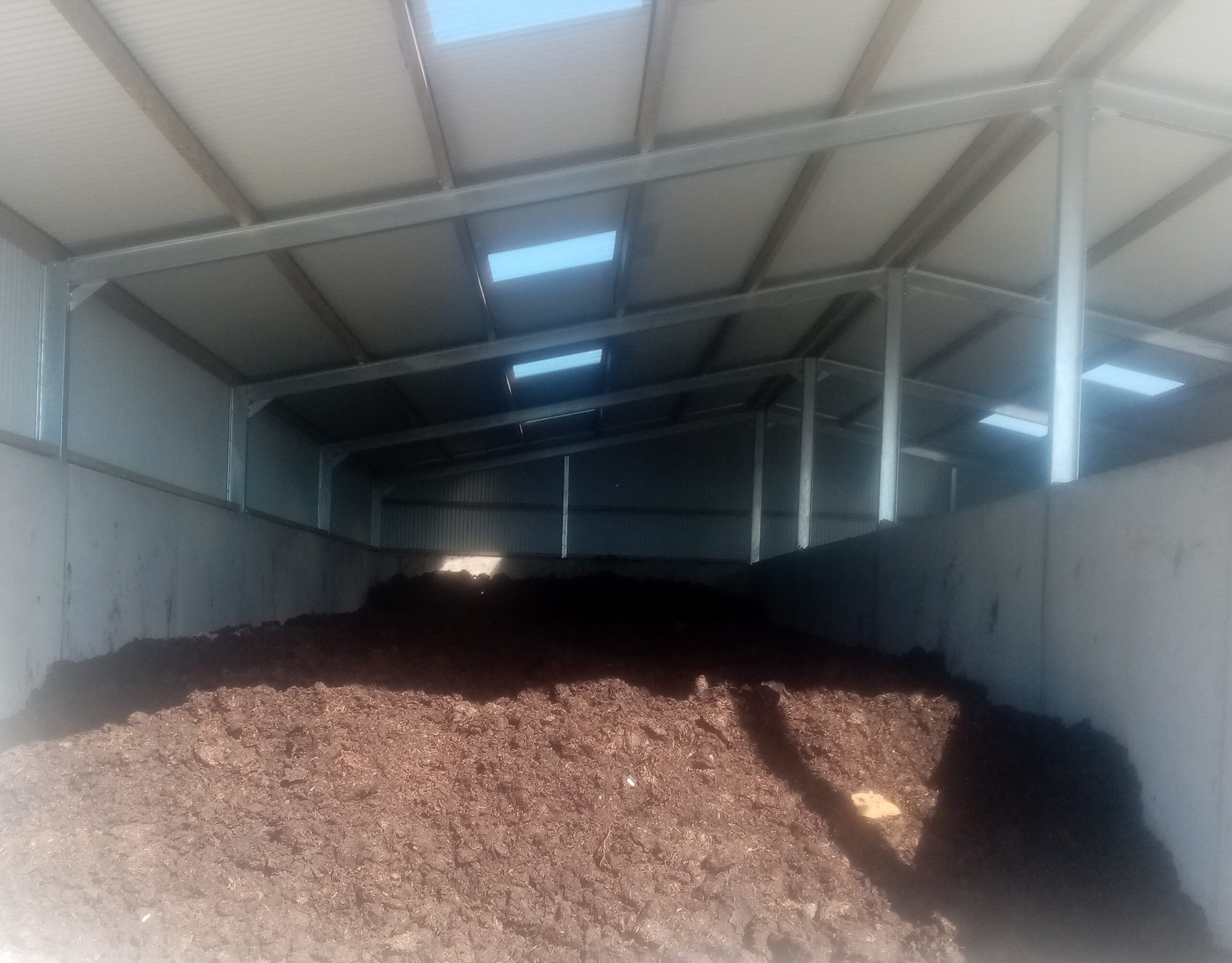
Having access to an Irish peat free organic compost is significant for Irish growers, how long did it take to get this product to a point where Living Green were happy with it and what success has this product had?
Peat free compost is never going to have all of the attributes of peat. There is a reason that peat has been used for years in plant propagation and that is that it is an excellent germinating and growing medium. Our journey down the peat free road has been difficult and it is only by
experimentation and plant trials that we can move forward. Independent plant trials are the best way to develop new composts as they provide reliable robust and independent data however, they are very expensive costing over €20,000 for a relatively small trial. The most recent plant trials have enabled us to develop the latest peat free compost which is using composted Willow. It has only been tested in a few limited plants so we can`t guarantee that it will work will all plants or even how best to water it. We do know that it compares very favourably against other commercially available composts. We do not see it as a seed compost as it is too high in Nitrogen and it is best suited as a potting on compost. We have also done trials on a peat free seed compost which is ready to go but we don`t think that the market conditions are ready just yet.
Is Living Green organic compost suitable for commercial organic growers that are sowing huge quantities of plants and need to be confident in the quality of the compost they are using to ensure healthy transplants?
When we started to produce compost almost 10 years ago, we made a few mistakes as a result there were crop losses which in turn meant a loss of confidence in our product by some of the Irish commercial organic growers. Over the years we have implemented improvements to our production systems which will not allow the same mistakes to happen again. If any grower wishes to try our compost please get in contact and we can send out free samples for anyone who wants to try it out.
Our contact details are phone: 087 950 9598 or email: info@livinggreen.ie
Are Living Green thinking about ways to evolve the product or explore the use of other materials or worm bedding material in the future?
We are always looking to the future and are constantly trying to improve our production methods with the ultimate goal of trying to improve our products and we can never see the day when we have created the perfect compost so the continuous improvement never stops. The future is also very uncertain as we currently breed the worms in a peat-based bedding material and with peat being phased out we have been searching for a new medium to replace peat. We have tried many, many different options but most have been disastrous as the worms have either lost weight or have even died. The only substrate that looks promising so far is composted Willow but it too has it`s issues. The search still goes on.
Living Green’s website is available to view here.
Images courtesy of Neil Crossan, Living Green.
